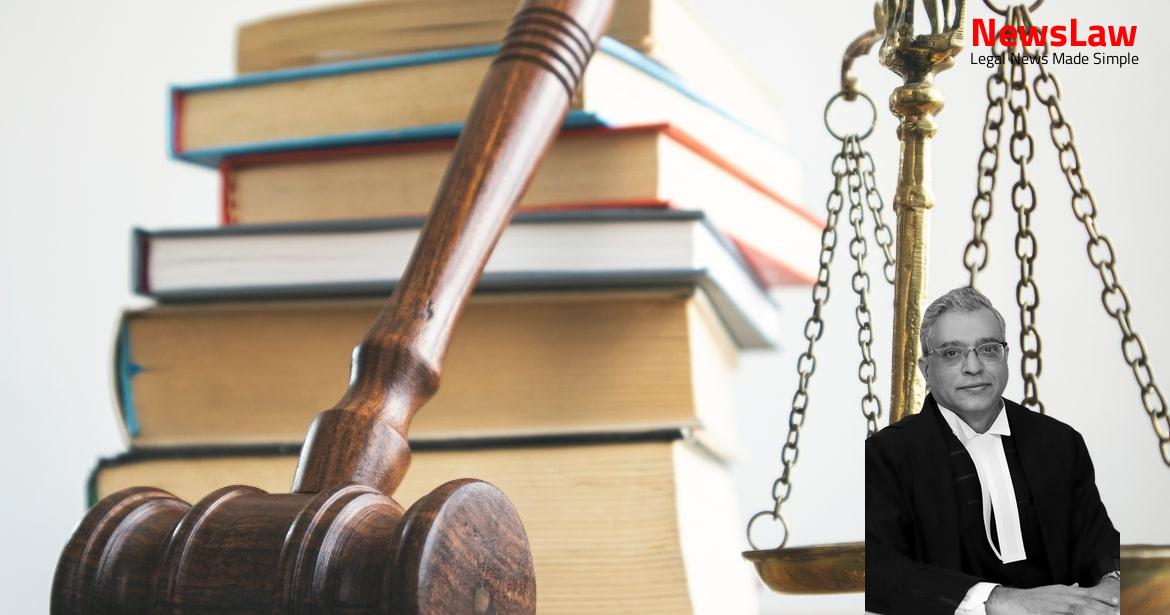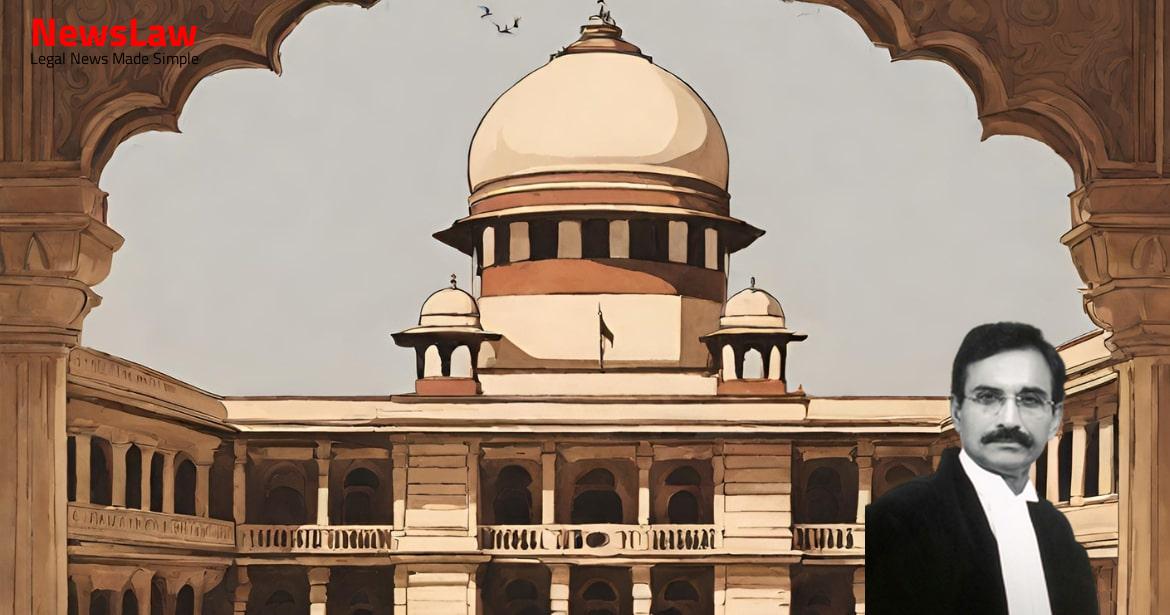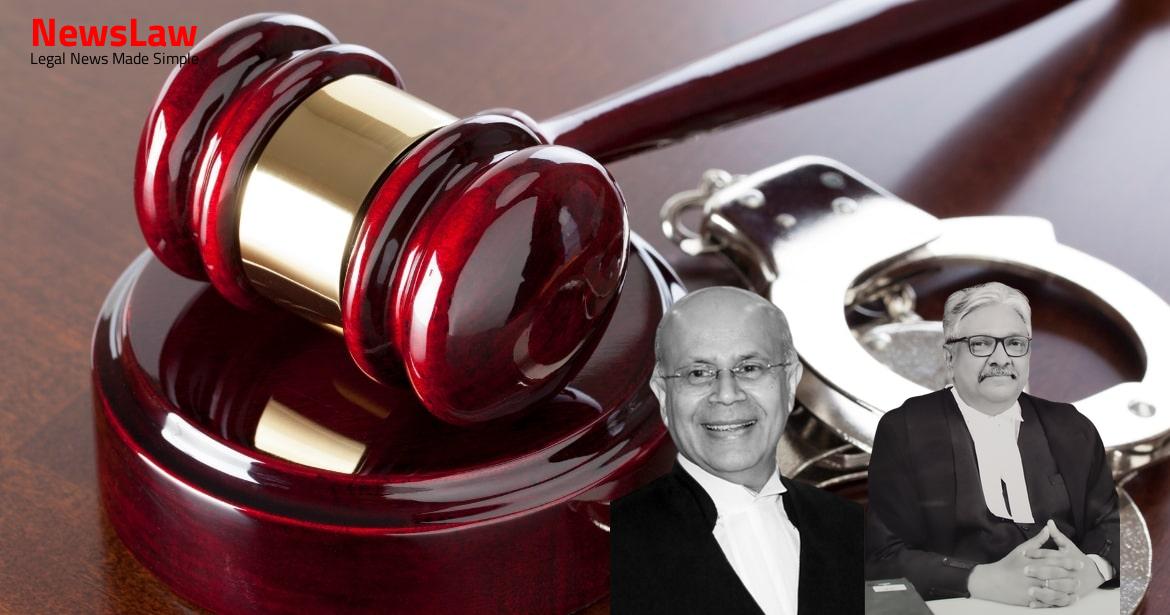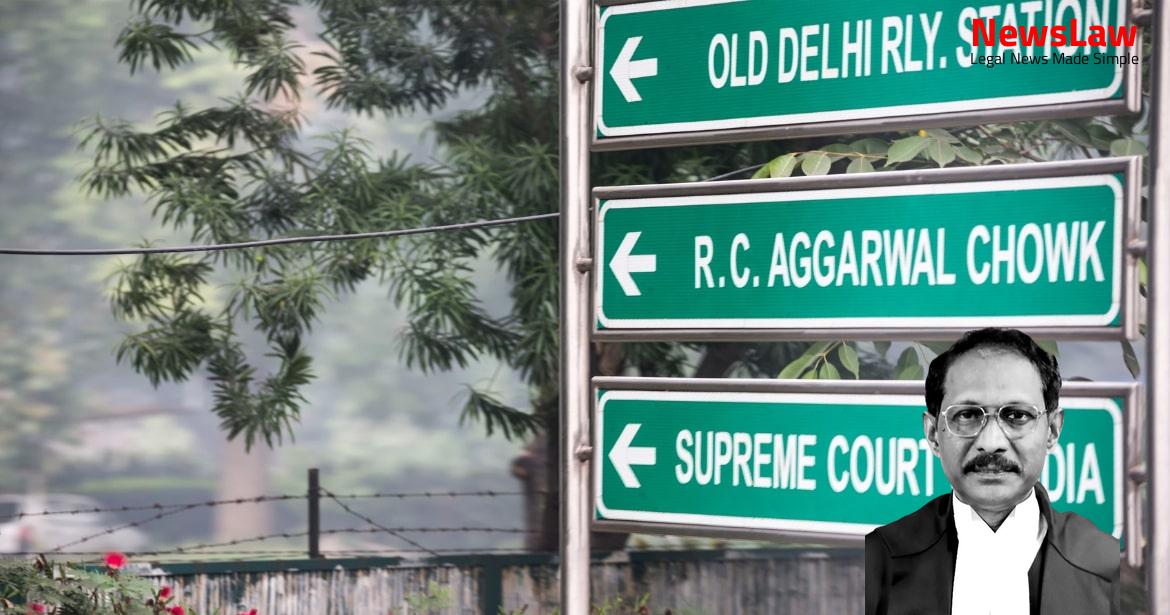This criminal appeal by appellants (accused 1 to 4) is against the concurrent conviction under Section 302 read with Section 34 and sentence for life imposed by the Trial as well as the Telangana High Court. When the auto reached the house of A-4, it is alleged that A-1 stopped the auto-rickshaw and dragged the deceased out by pulling his legs. The son of the deceased, Kona Kiran Kumar, later examined as PW-1, being an eyewitness, proceeded to the police station and reported the incident at about 9PM by way of a complaint (Exhibit 3 P-1).
Also Read: https://newslaw.in/supreme-court/release-of-petitioner-based-on-juvenility-plea/
He enabled PW-15 to take photographs of the dead body (Exhibits P-21 to 30) and himself drew the sketch of the scene of offence (Exhibit P-37). PW-18
recorded the statements of PWs 4, 5, 6, 7, 8, 9, and 15.
PW-18 seized these objects in front of PW-11 to PW-13, later came to be marked as Exhibits MOs 1 to 3. At the trial, the prosecution examined 18 witnesses being PW-1 to PW-18, and marked 37 documents and 10 Material Objects (MO’s). For the completeness of narration, we may indicate that the High Court initially acquitted all the accused by its judgment dated 21.06.2007, but in appeal to this Court, their conviction and sentences were set-aside, and the criminal appeal was remanded back to the High Court for fresh consideration. The Trial Court found the testimonies PW-1, PW-3, PW-4, PW-7, PW-8 corroborating the incident of stopping an auto, dragging the deceased out, and subsequently assaulting the deceased with various weapons. Judgment of the High Court :
According to the High Court, the accounts of PWs 1, 3, 4, 6, 7 and 8, who witnessed the incident, converge and are consistent with the injuries, weapons and motive for the murder of the deceased.
Also Read: https://newslaw.in/supreme-court/legal-analysis-of-circumstantial-evidence-in-a-murder-case/
However, there is one aspect which stands out in the above- referred analyses of the Trial Court and the High Court, and that 9 pertains to the conclusion on the culpability of A-3 for murder. PW-1, in his examination-in-chief and cross-examination, has respectively stated as follows: Chief – “When I was trying to go near the deceased, A-3 threatened me saying that if I go there he would kill me.
6, in his examination-in-chief, has stated as follows: “A-3 took a stone and hit on the head of the deceased.” A reading of the judgment and order passed by the Trial as well as the High Court would indicate that neither the prosecution or defence, nor the court, have focussed on the role of A-3 as evidenced by the oral and documentary evidence. Considering the statements of the eye-witnesses, coupled with the post-mortem report, it is not possible to contend that A-3 would have had the intention to commit the murder of the deceased and as such, he cannot be convicted under Section 302 IPC.
Incised wound on the left side of fore head about 9 cms above left eye brow measuring 8 cms sharp weapon Ante mortem.
Incised wound on right should of 8 cm long 1 12 cm wide sharp weapon, ante mortem. The final injury is a lacerated wound on the back of neck measuring 18 cms x 7 cms with complete transaction of spinal cord and atlanto occipital joint.
Even though, A-3 might not have had the common intention to commit the murder, nevertheless, his participation in the assault and the wielding of the stone certainly makes him culpable for the offence that he has committed. If analysed, the section provides for two kinds of punishment to two different situations: (1) if the act by which death is caused is done with the intention of causing death or causing such bodily injury as is likely to cause death. The perusal of the evidence would reveal that it is not the case of the prosecution that A-3 was along with the other accused while the deceased was dragged to the house. The deposition would reveal that after the other accused assaulted the deceased with sword, A-3 came thereafter and assaulted the deceased with stone lying there. We acquit A-3 of the conviction and sentence under Section 302 read with Section 34 and convict him under Section 304 Part II and sentence him to undergo imprisonment for 10 years. To this extent, the appeal of A-3 is 16 allowed by altering the conviction under Section 302 to Section 304 Part II IPC.
Case Title: VELTHEPU SRINIVAS Vs. STATE OF ANDHRA PRADESH (NOW STATE OF TELANGANA) (2024 INSC 87)
Case Number: Crl.A. No.-002852-002852 / 2023



